In 1997, three men from Yemen sued NASA for landing on Mars.They claimed that they inherited the planet from their ancestors 3,000 years ago.
The post In 1997, three men from Yemen… appeared first on Crazy Facts.
fact
In 1997, three men from Yemen sued NASA for landing on Mars.They claimed that they inherited the planet from their ancestors 3,000 years ago.
The post In 1997, three men from Yemen… appeared first on Crazy Facts.
Nazi rocket scientist Dr. Wernher von Braun wrote a science fiction novel in 1949 called Project Mars: A Technical Tale. The novel takes place in the 1980s and is about the first human mission to Mars and their encounter with benevolent Martians on the planet, including the Martian leader, Elon.
The post Nazi rocket scientist Dr. Wernher… appeared first on Crazy Facts.
Just when you thought you knew how the world works, science throws something new at you.
There’s a ton of great research coming out of PhD programs these days–new discoveries and new ideas.
One such researcher is Qian Yuan from the School of Earth and Space Exploration at Arizona State University.
His research suggests that parts of the Earth are not actually Earth at all.
His team’s research was presented at the 52nd Lunar and Planetary Science Conference this past March.
For years it has been widely believed that a proto-planet called Theia helped to form life as we know it.
The Moon-Forming Impact And Its Gifts – Based on high pressure-temperature experiments, modeling and simulations, a team at @RiceUniversity makes the case for the central role of the proto-planet called #Theia in enabling life. | Many Worlds @nexssinfo https://t.co/6XCleTAVvA pic.twitter.com/SzbQo4JyhJ
— The SETI Institute (@SETIInstitute) January 29, 2019
According to Popular Mechanics:
In 2016, UCLA researchers proposed that Earth could actually be two planets that fused together after colliding: itself and Theia. At the time, scientists said they believe the two planetary masses mixed together uniformly. Now, Qian Yuan of Arizona State University and his colleagues suggest the mysterious dense spots in Earth’s interior are the specific pieces of Theia that are still intact.
Theia is thought to be very similar in size and structure to Mars.
Scientists also believe that the Earth’s Moon may have formed during this impact.
You might remember from science class that the Earth is made up of 3 layers: the crust, the mantle, and the core.
#Earth #mantle is 60 degrees Celsius hotter than previously thought through #massspectrometry – https://t.co/D7GKSehU41 pic.twitter.com/MYxbDQLt1z
— Mass Spec (@spec_mass) March 6, 2017
The mantle itself is also made up of layers of varying density, and is at the center of Yuan’s research.
In some cases, there are massive pockets that are more dense, called “Large Low Shear Velocity Provinces” or (LLSVPs).
Check out my AGU2020 poster! Giant Impact Origin for the LLSVPs. Listen to the 1-min "Voice of Mantle Convection", inspired by Leif Karlstrom @VolcanoListener in Earthbirds seminar held by @CinTyLee1. https://t.co/hQZbaZ2K1v. Best poster for birthday: gifs, movie, music, beer!!! pic.twitter.com/uqi6e3giVX
— Qian Yuan (@qianyuan_geo) November 23, 2020
I honestly don’t understand most of Yuan’s science-related tweets, but he compares the Earth to chocolate, which is always a language I can understand:
Hi, I am Qian(Chan) Yuan, a PhD candidate from @SESEASU. Earth’s mantle is like a chocolate shell. I use geodynamic modelling and microanalysis of mantle rocks to explore how the “chocolate” convects and leads to profound geological processes. #AGU20RollCall #AGU20 @theAGU pic.twitter.com/GuPOvVb97g
— Qian Yuan (@qianyuan_geo) December 10, 2020
The team did a lot of math, and they have been able to compare the objects of their study with the mantle on Mars, which can be examined in the form of meteorites that have landed on Earth–over 100 of them.
What the researchers found is that:
“The total mass of the moon, together with the LLSVPs, is almost perfectly matched with [Mars’s] mantle.”
Unlike the original supposition that the two planets fused completely, Yuan’s team believe that the heavier Theia material sank into the deepest part of the Earth’s mantle, closest to the core, and there it stayed, like the gritty dregs at the bottom of a cup of coffee.
Popular Mechanics explains it this way:
How have the dense Theia materials stayed intact for billions of years?
It’s a function of the way Earth’s mantle works, where convection circulates materials that are a certain temperature and density.
The Theia materials are so dense that they sank and never floated back into the convection zone.
Think of this like the stuff that accumulates in a sharp corner that’s hard to reach with the vacuum cleaner.
So now you know. The Earth is like an Easter candy egg with a vacuum cleaner hidden deep inside.
And even though Mars feels very far away, we are all technically walking on a foreign world.
Did Yuan’s research completely blow your mind like it did mine?  Tell us in the comments.
Tell us in the comments.
The post A Scientist Thinks the Earth Is Actually Two Planets Fused Together After Colliding appeared first on UberFacts.
Mars is a fascinating planet we’re only just beginning to understand thanks in part to NASA’s Mars Reconnaissance Orbiter (MRO).
The MRO is equipped with a High Resolution Imagine Science Experiment (HiRISE) camera that has already taken some amazing pictures. But fantasy and sci-fi fans have noticed that the MRO has captured images that really speak to their nerdy sense of entertainment.
Fans of Star Trek can point to this imprint of the Starfleet Emblem. See for yourself!

Photo Credit: NASA/JPL/UArizona
Take a look at this close-up!

Photo Credit: NASA/JPL/UArizona
The MRO has also captured images of what looks like the House Stark Direwolf sigil from Game of Thrones.

Photo Credit: NASA/JPL/UArizona
Mars is prone to dry dust avalanches that cause changes to the makeup of the planet’s surface.
The HiRISE MRO then caught the changes to this landscape, which you can see in black below.

Photo Credit: NASA/JPL/UArizona
So how is it possible to get such detailed pictures of Mars’ surface? Great question! The MRO HiRISE camera has been orbiting around Mars since 2006 and is the most powerful camera to ever grace the orbit of another planet.
With its super-high resolution of 30 centimeters, or 11.8 inches, per pixel, the MRO HiRISE camera really gives you a feel for life on Mars. The camera has only captured images of about 2.4% of Mars’ surface.
The MRO continues to take pictures of a rocky formation called Melas Chasma, which is a part of a canyon system called Valles Marineris.
Check out this formation, which looks like a dragon from space!

Photo Credit: NASA/JPL/UArizona
Pretty cool, huh?
In the meantime, the HiRISE continues to monitor Mars’ surface and revealing photos to the public as they come. You can check out their discoveries on Twitter.
What did you think of these photos? Do these really look like the symbols we think they are?
Share your opinion in the comments below!
The post NASA Found a “Dragon” on Mars…Let’s Take a Look appeared first on UberFacts.
NASA’s Curiosity landed on Mars on August 6, 2012 – if you remember, you could even sort of livestream its Martian landing. It became the only functional robot on the planet after NASA’s Opportunity stopped communicating on February 13, 2019.
After nearly 8 years of service, the Curiosity has taken some amazing pictures of the Red Planet (and it’s still trundling around doing it’s thing). You can check out the thousands of images on NASA’s official website.
In the meantime, here’s a quick preview of the beauty of Mars.
Even robots want to take a picture now and then.

Photo Credit: NASA Mars Exploration Program
These patterns are just beautiful.

Photo Credit: NASA Mars Exploration Program
Worthy of a museum exhibit!

Photo Credit: NASA Mars Exploration Program
It’s a meta portrait.

Photo Credit: NASA Mars Exploration Program
Called Gobabeb, this sand dune belongs to a dune field called Bagnold.

Photo Credit: NASA Mars Exploration Program
This is mudstone.

Photo Credit: NASA Mars Exploration Program
These sedimentary rocks are still charming to look at.

Photo Credit: NASA Mars Exploration Program
Actually taken from a Mars Orbiter, not by Curiosity.

Photo Credit: NASA Mars Exploration Program
This has many rocks that look as if they’ve been, well, fractured.

Photo Credit: NASA Mars Exploration Program
It looks like a dream!

Photo Credit: NASA Mars Exploration Program
This far-off view definitely speaks for itself!

Photo Credit: NASA Mars Exploration Program
There are many great angles of this mountain.

Photo Credit: NASA Mars Exploration Program
It’s called Jake Matijevic Rock.

Photo Credit: NASA Mars Exploration Program
There are some crystals in this shot too!

Photo Credit: NASA Mars Exploration Program
If it looks other-worldly, that’s because it is!

Photo Credit: NASA Mars Exploration Program
As of now, the Curiosity is still doing strong on Mars.
If you’ve got thoughts, we totally look forward to hearing anything you have to say about these landscapes. All scientific facts, discussion, and theories are totally welcome in the comments.
The post Some of the Best Photos NASA’s Curiosity Rover Has Taken in Its 8 Years on Mars appeared first on UberFacts.
The Curiosity rover has been in Mars’ Gale Crater in 2012, and since then, has been studying all things Martian, so we can know more about the planet’s past.
Well, what we now know, more than anything, is how much we don’t understand about what’s happening out there.
Case in point: the rover’s tunable laser spectrometer (or Sample Analysis at Mars, SAM) recently found a huge amount of methane–the largest since landing there.

Photo Credit: NASA
Followed closely by the discovery that oxygen is behaving in a way scientists don’t quite understand.
In the past six years, SAM has determined the following about the atmosphere of Mars: 95 percent is carbon dioxide, 2.6 percent molecular nitrogen, 1.9 percent argon, 0.16 percent oxygen and 0.06 percent carbon monoxide.
Mars has seasons sort of like Earth, but they happen because the air pressure changes when carbon dioxide gas freezes at the poles during winter. This event causes the air pressure to lower. When the carbon dioxide eventually evaporates and is redistributed into the atmosphere, the air pressure rises for a Mars spring and summer.

Photo Credit: NASA
Nitrogen and argon followed a similar pattern.
Oxygen, however, didn’t.
It actually rose and peaked at 30 percent during spring and summer, then lowered to normal levels in fall.
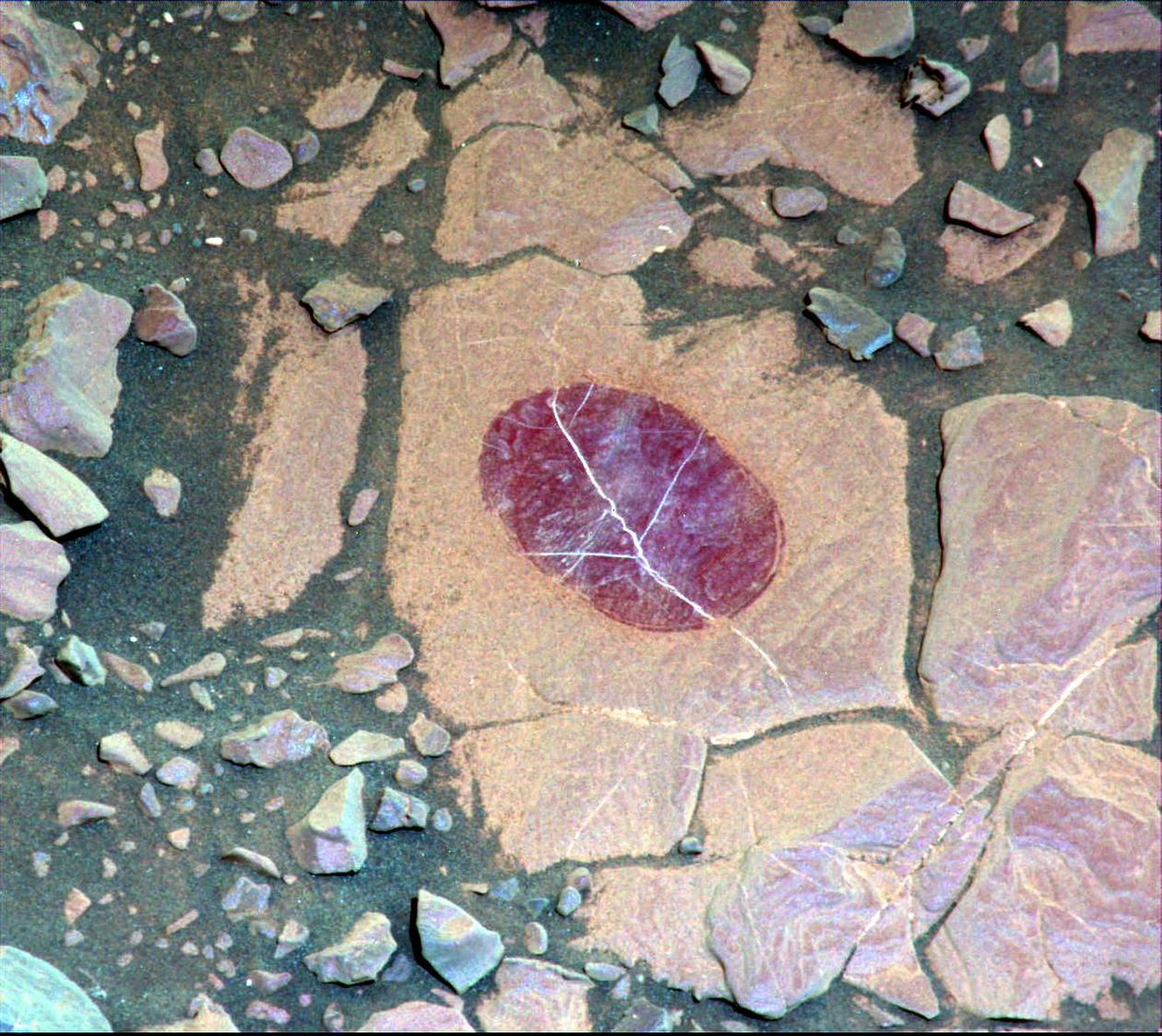
Photo Credit: NASA
This pattern has repeated itself since Curiosity started monitoring. The only difference was that the levels of oxygen rising and falling varied.
Is the oxygen being created by something? What’s causing it to fall?
According to CNN, one of the authors of a new paper covering the seasonal variations, Sushil Atreya, said the data was “mind boggling.”
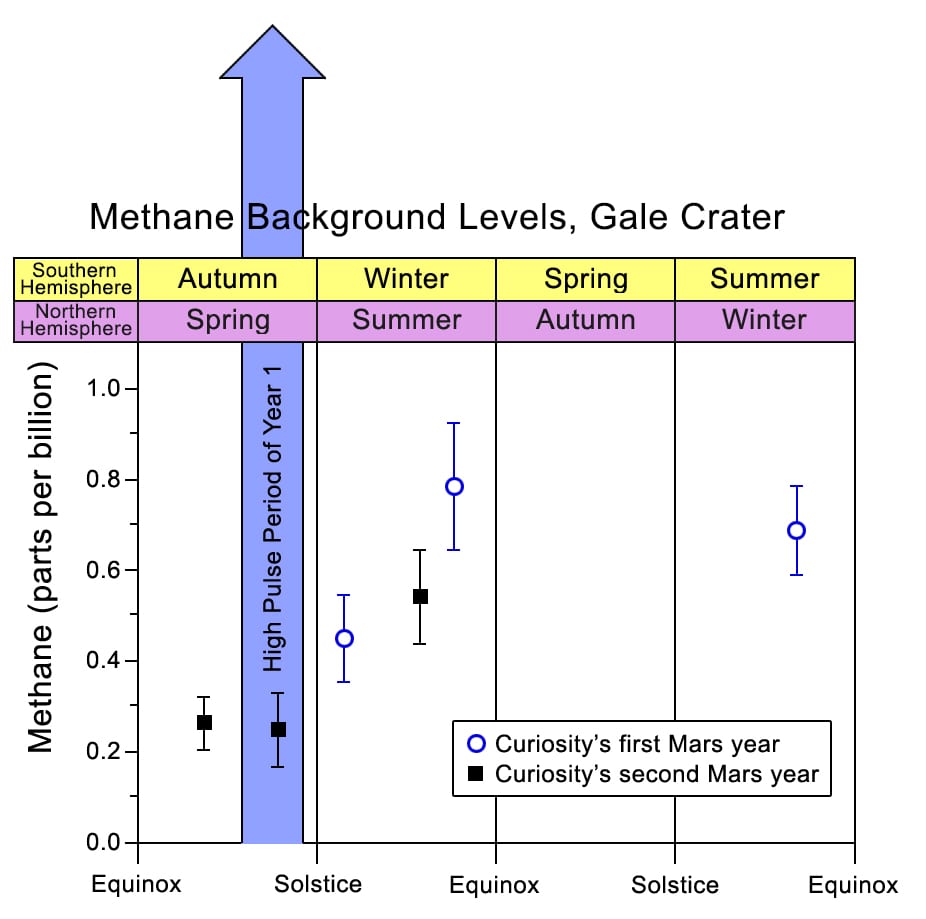
Photo Credit: NASA
The scientists involved in the study were so puzzled they even had the rover checked out for operational issues. But Curiosity was working as usual.
Melissa Trainer, study author and planetary scientist at NASA’s Goddard Space Flight Center, said:
We’re struggling to explain this. The fact that the oxygen behavior isn’t perfectly repeatable every season makes us think that it’s not an issue that has to do with atmospheric dynamics. It has to be some chemical source and sink (of elements into the soil) that we can’t yet account for.
So, what about the huge amount of methane?
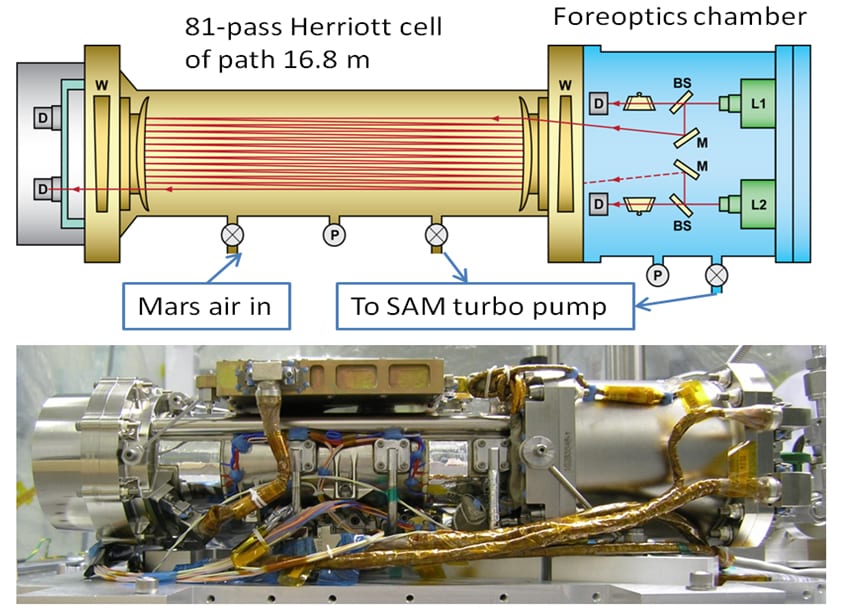
The Tunable Laser Spectrometer on NASA’s Curiosity Mars Rover
Photo Credit: NASA
On Earth, most of our methane is created by living things, but also by rocks and water. Mars has plenty of rocks and water.
Principal Investigator Paul Mahaffy of NASA’s Goddard Spaceflight Center in Greenbelt, Maryland, noted that current measurement systems cannot determine the exact source of methane. What they do know, however, is that the methane fluctuates with the seasons as widely as oxygen.
Could the strange behavior of the two gases be related somehow?
Atreya believes so, although no one can figure out how.
In the meantime, the team invites any and all Martian experts to chime in.
The post The Curiosity Rover Found Oxygen Behavior on Mars That Is Baffling Scientists appeared first on UberFacts.
A scientist from the Mars Viking mission believes we found life on Mars over 40 years ago. It was dismissed at the time despite strong signals that the tests were positive, and since then there’s been no attempt to repeat the experiment.
In the 60s Zambia planned to send “Afronauts” to land on Mars and the Moon. The Mars mission was planned to send a ‘spacegirl’, two cats and a missionary to convert the Martians to Christianity.
In the 60s Zambia planned to send “Afronauts” to land on Mars and the Moon. The Mars mission was planned to send a ‘spacegirl’, two cats and a missionary to convert the Martians to Christianity.
It’s just like in Total Recall! Kind of…
The Curiosity Rover on Mars sends photos back from the red planet daily. And they are MINDBLOWING.
We, and NASA of course, still have so much to learn about Mars, but even these images would have been inconceivable not so many years ago.
Take a look at these stunning photographs.
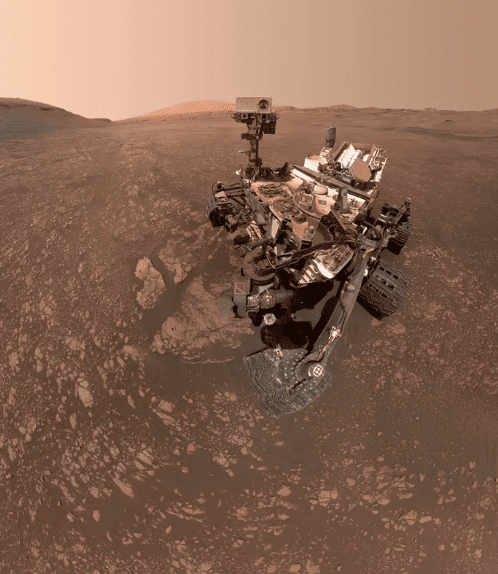
Photo Credit: NASA
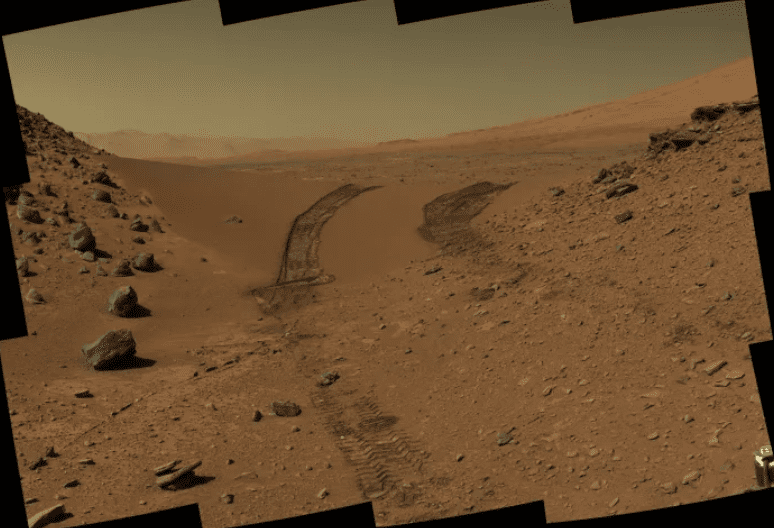
Photo Credit: NASA
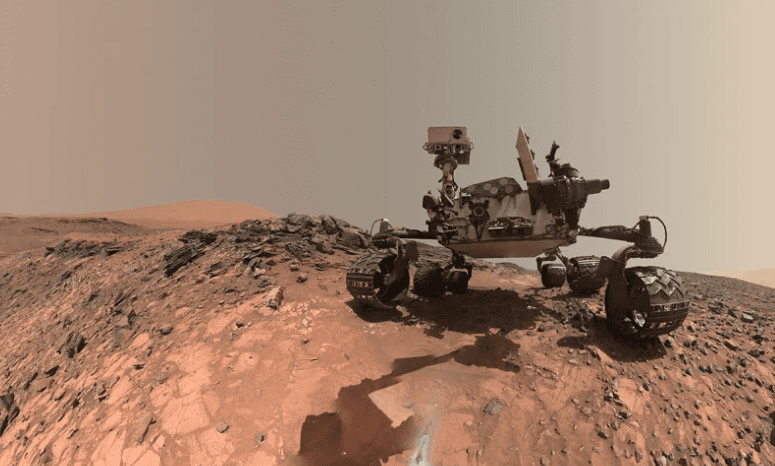
Photo Credit: NASA
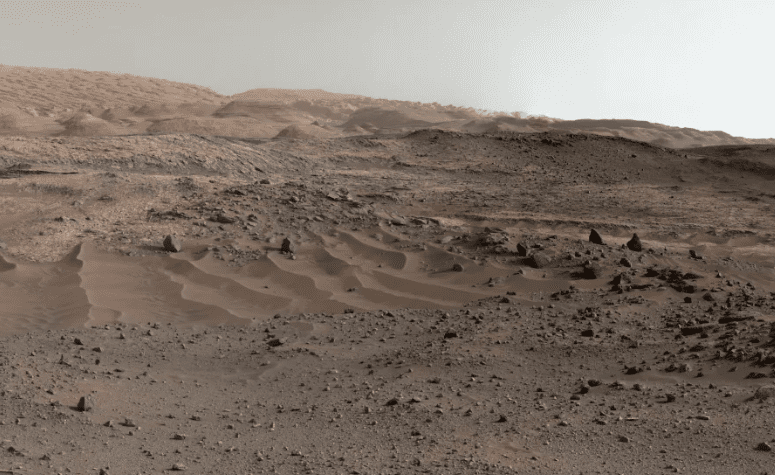
Photo Credit: NASA
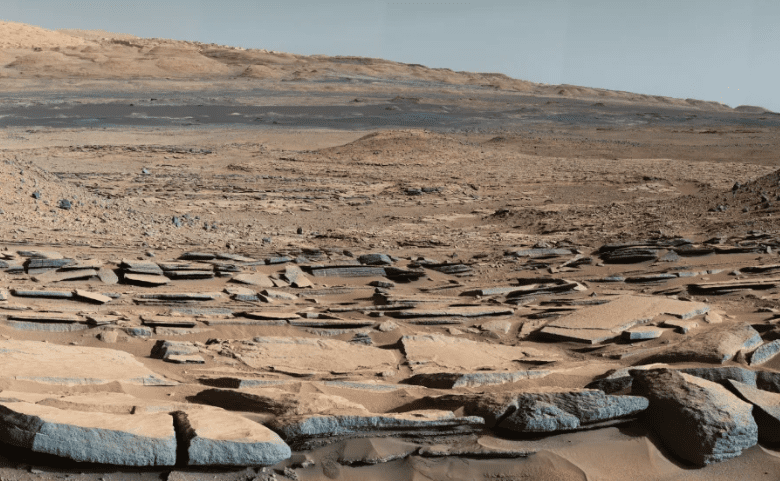
Photo Credit: NASA
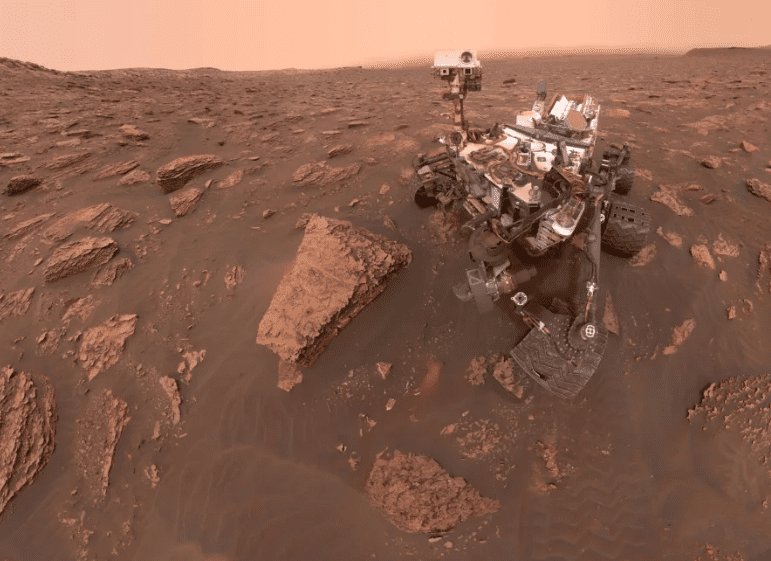
Photo Credit: NASA

Photo Credit: NASA
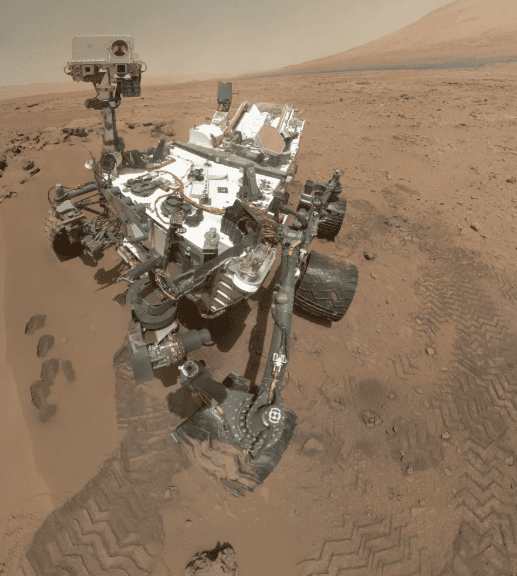
Photo Credit: NASA
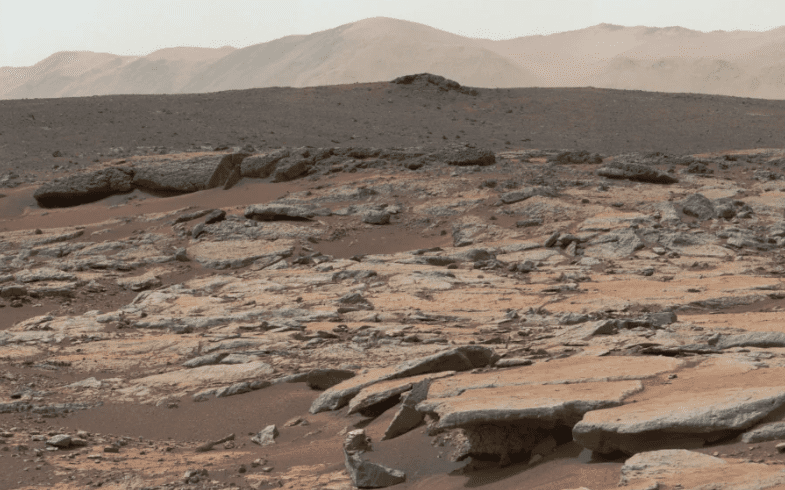
Photo Credit: NASA

Photo Credit: NASA
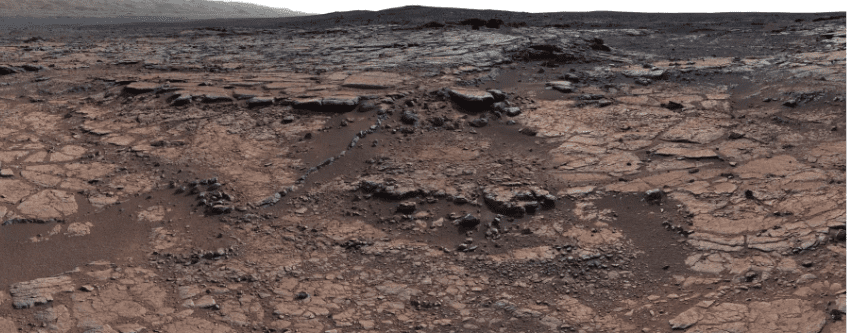
Photo Credit: NASA
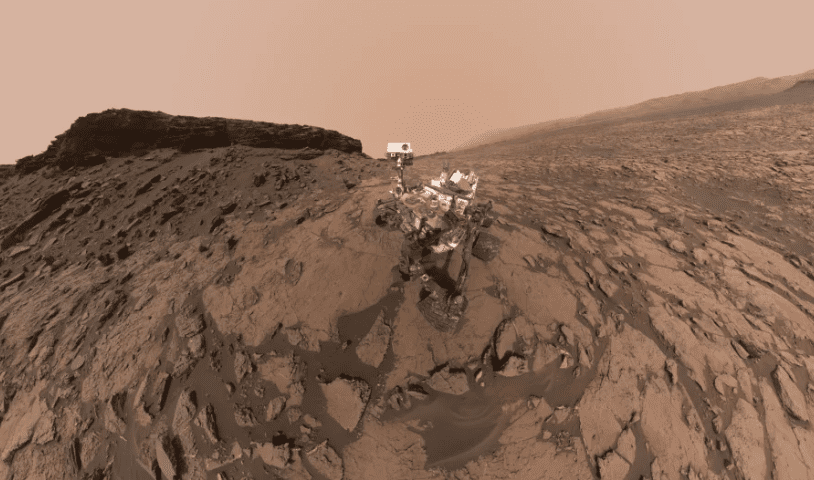
Photo Credit: NASA
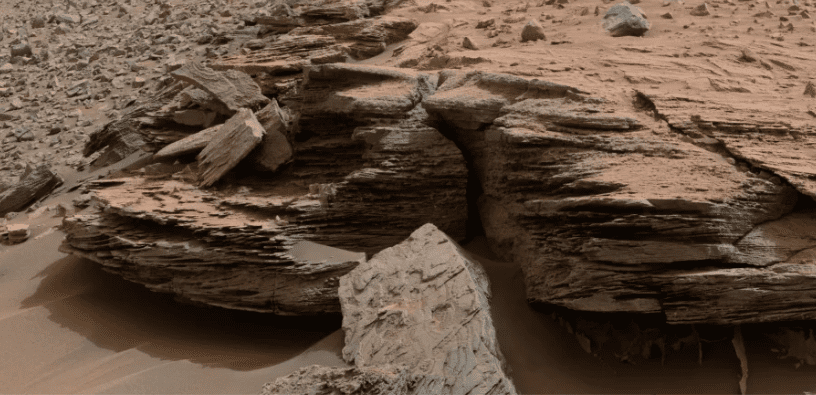
Photo Credit: NASA
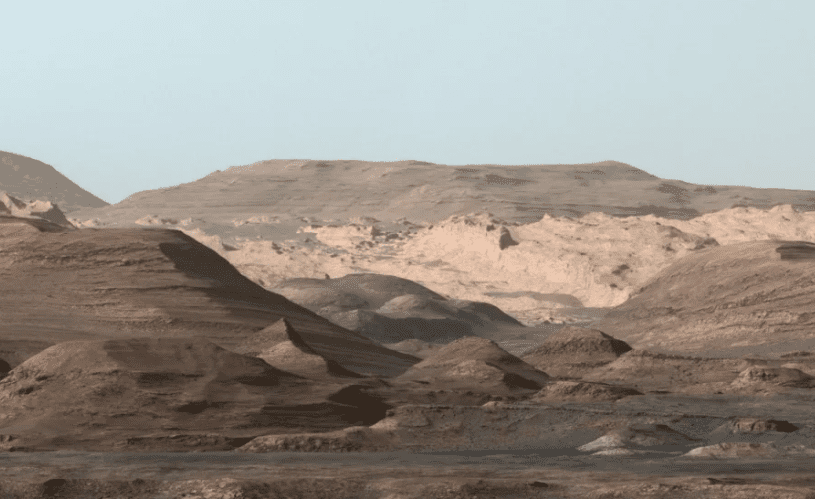
Photo Credit: NASA
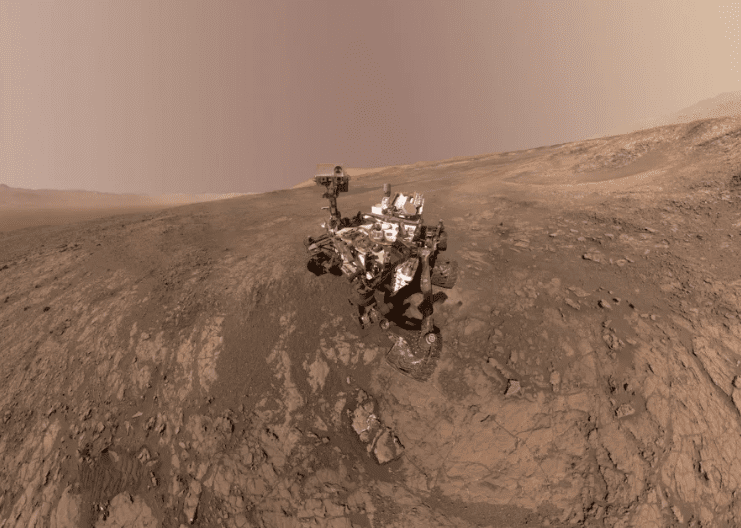
Photo Credit: NASA
Be sure to follow NASA’s progress on Mars, it gets more fascinating by the day!
The post 15 Amazing Photos of What Mars Looks Like appeared first on UberFacts.